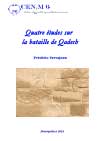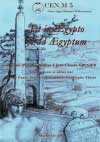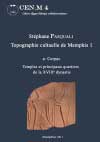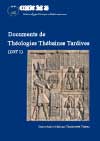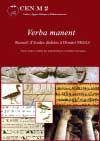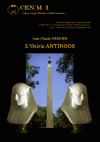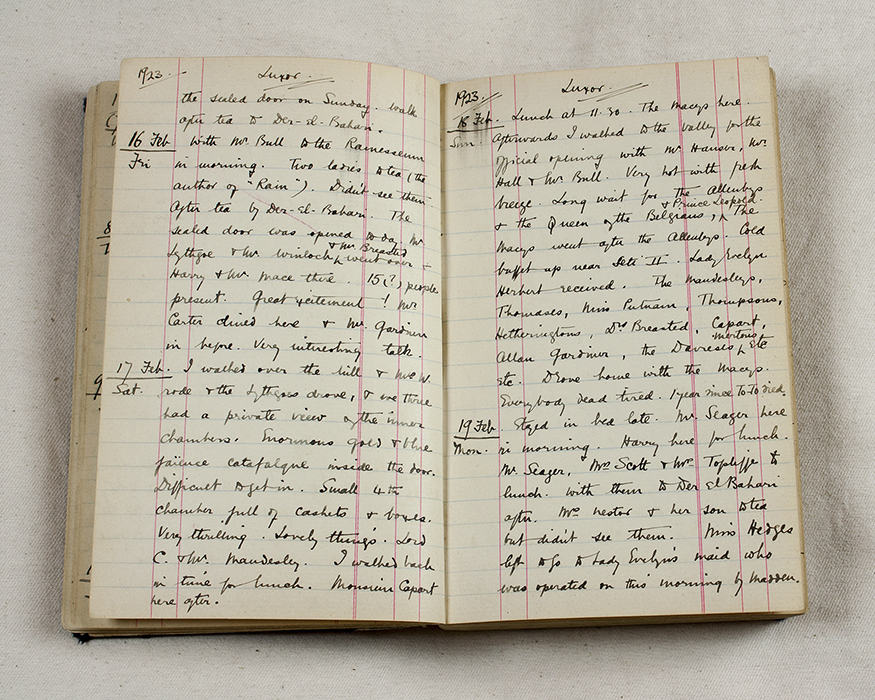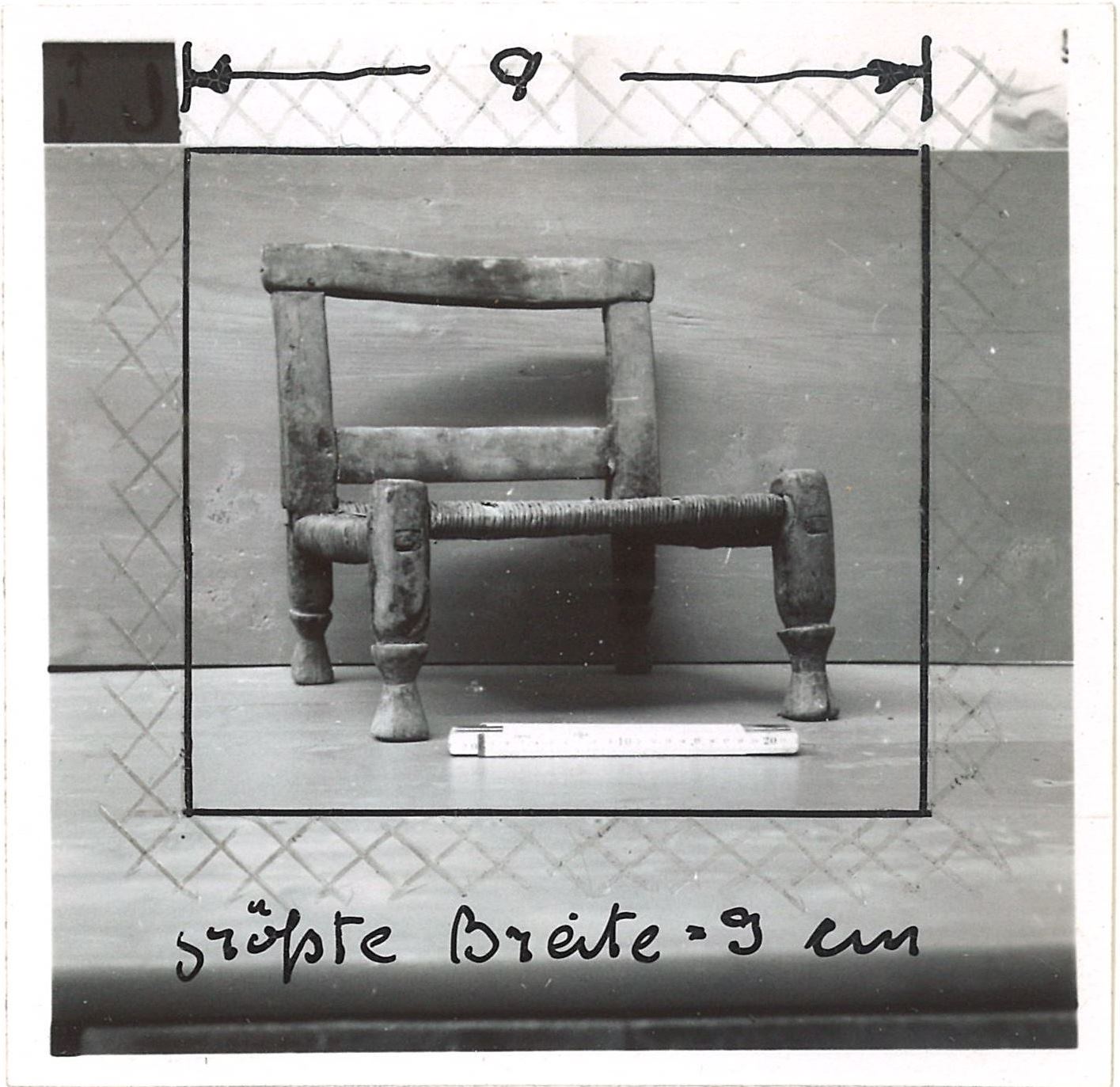[First posted in AWOL 7 July 2013, updated 14 December 2015]
Dike. Rivista di storia del diritto greco ed ellenistico
ISSN: 1128-8221
Dike. Rivista di storia del diritto greco ed ellenistico
ISSN: 1128-8221
DIKE è la prima rivista specificamente dedicata allo studio del diritto greco ed ellenistico: pubblica articoli sottoposti a “revisione” (peer review).
La rivista, diretta da Eva Cantarella e Alberto Maffi, è pubblicata con il contributo e sotto gli auspici del Dipartimento di Diritto privato e Storia del Diritto dell’Università degli Studi di Milano.
Si prevede la pubblicazione di un numero annuale nel mese di dicembre. DIKE è aperta non solo agli specialisti del settore, ma anche a tutti gli studiosi interessati agli aspetti giuridici della civiltà greca.
Pubblicherà articoli in francese, inglese, greco, spagnolo, tedesco e italiano.2011
2012
2013
2014
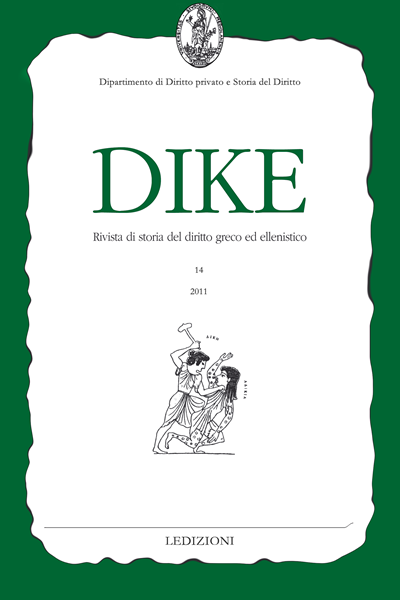
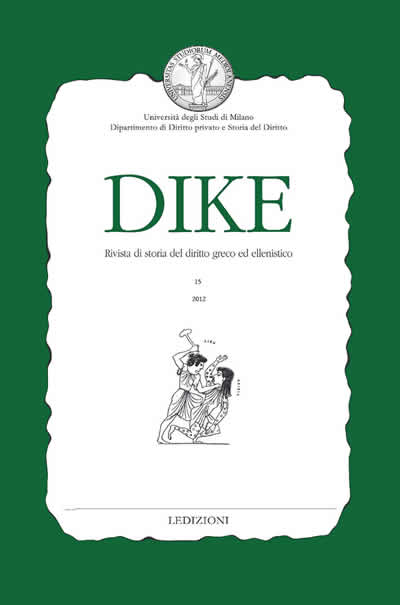
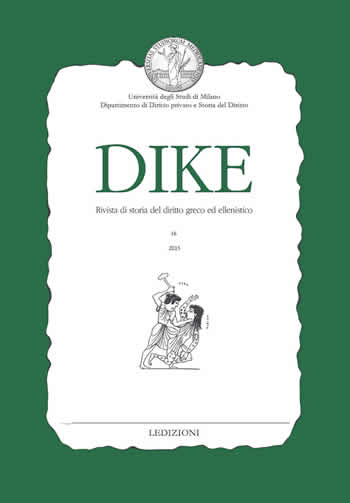
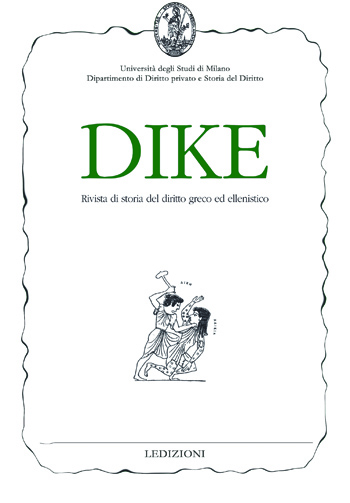





















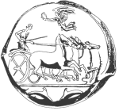

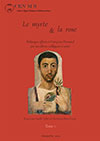
 Table des matières au format PDF
Table des matières au format PDF  Commander cet ouvrage : edition.enim@gmail.com
Commander cet ouvrage : edition.enim@gmail.com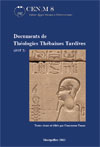

 Consulter cet ouvrage
Consulter cet ouvrage 